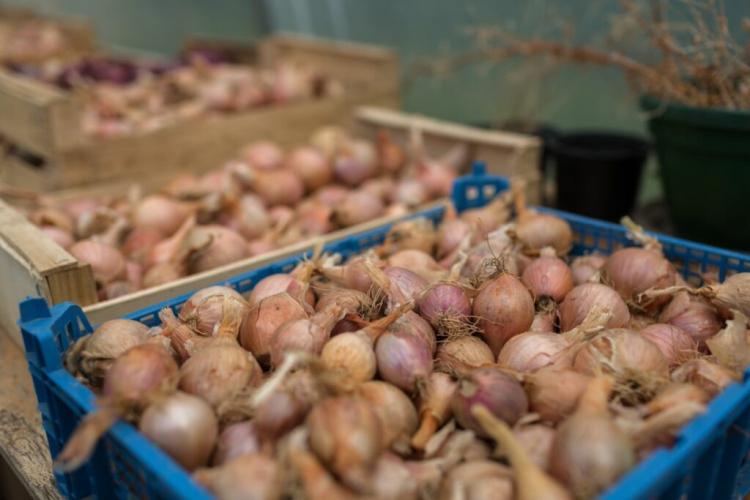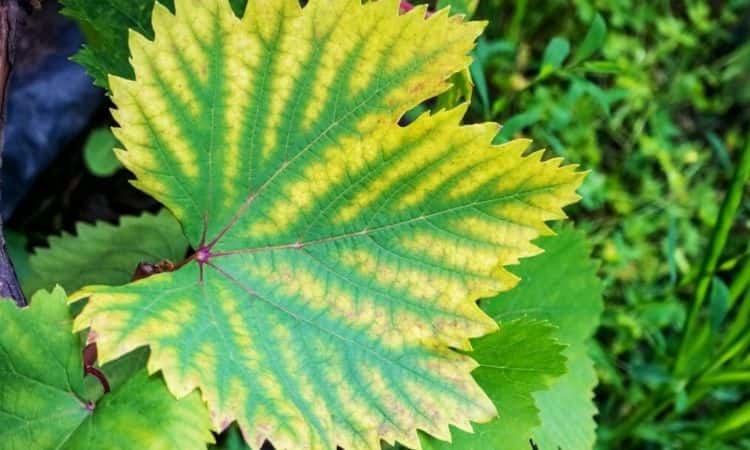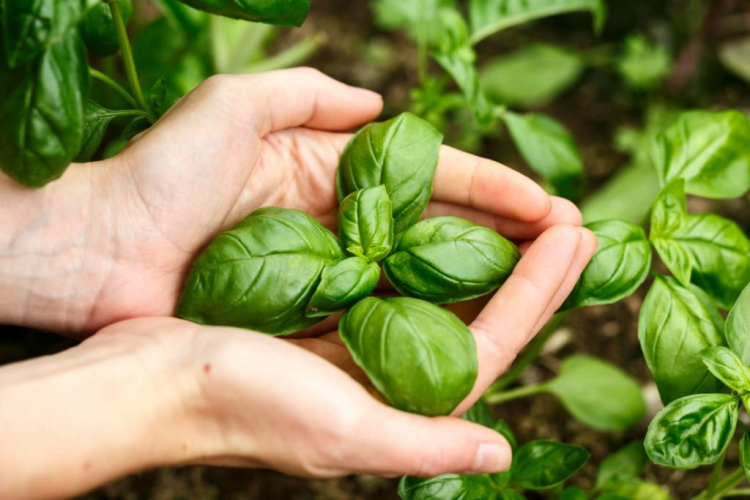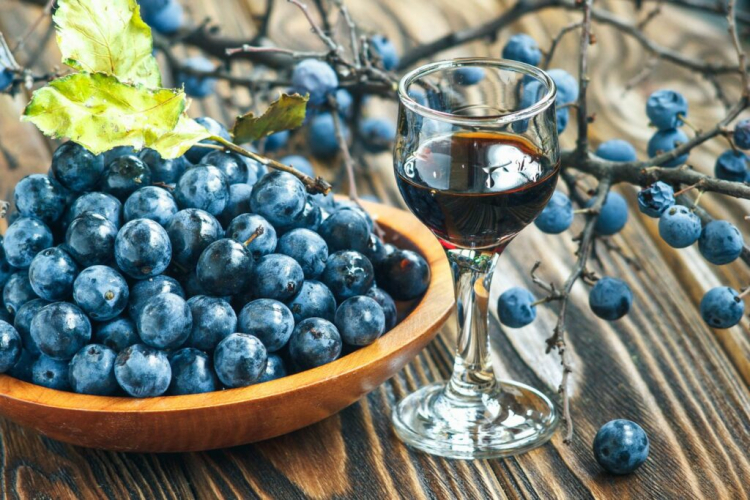Shallots: Harvesting And Storing Properly
The shallot is a variety of the kitchen onion and easy to grow in your own garden. We show everything you need to know about harvesting and storage.
Harvest shallots: just pull them
In order for the onions of the shallot ( Allium cepa var. Aggregatum ) to find their way into the kitchen, they have to get out of the ground. Ninety to 120 days after the small shallot bulbs were put in the ground in spring, they can be pulled out again from August. When exactly the time of harvest comes depends on the variety and the weather. When the harvest can begin can be seen from the wilting of the leaves. The onions can then easily be pulled out of the earth without much effort. The small onion that was planted in the spring then enlarged considerably. In addition, around five to seven small daughter bulbs can form, which can be planted out again in the next year.
This is where the shallot has a clear advantage over the closely related kitchen onion ( Allium cepa ): While in the latter, the development of daughter onions is triggered by the flower, the shallot can also develop the smaller offspring without a flower. This is extremely useful, because in our temperate climate the shallot from Central Asia usually does not flower. A dry day is ideal for harvesting – this makes the onions easier to store.
Store shallots: dry and braid
After the harvest, the shallots are spread out for a few days and dried. The leaves should stay on the onion or be cut off to a maximum of five centimeters above the onion. This can reduce the risk of onion rot. The harvest should then be stored in a 10 to 15 ° C cool place with good ventilation. Thanks to the dried leaves, the shallots can be braided into a decorative braid or simply into bunches. This means that the shallots can be eaten in many dishes in the kitchen for several months.
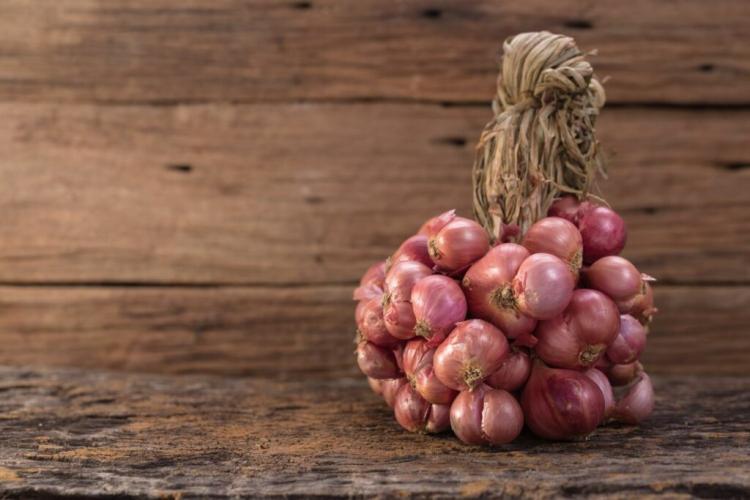
The shallot braid is a practical and attractive way to store shallots [Photo: WStudio / Shutterstock.com]
You can find more information about shallots in our special article – cultivation, varieties and harvesting of shallots.
